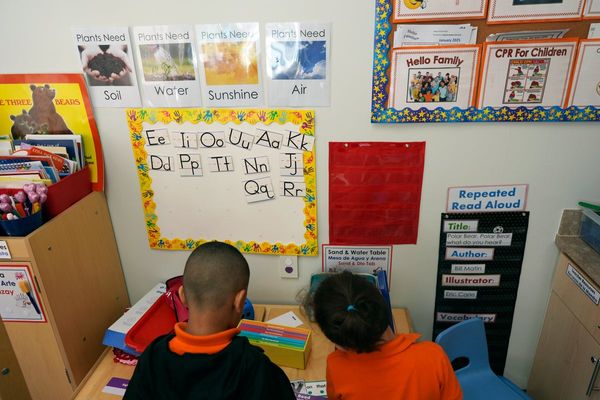
February WTI crude oil (CLG25) today is up +2.15 (+2.81%), and February RBOB gasoline (RBG25) is up +0.0391 (+1.88%).
Crude and gasoline prices today are pushing higher, with crude posting a 5-month high and gasoline posting a 3-month high. Crude prices today added to last Friday's gains after the US ratcheted sanctions against Russian crude oil, threatening to tighten global supplies. Today's rally in the dollar index (DXY00) to a 2-year high is bearish for energy prices.
Crude prices today rose for a second session after the US imposed new sanctions on Russia's oil industry last Friday that could curb global oil supplies. The measures targeted Gazprom Neft and Surgutneftgas, which exported about 970,000 bpd of Russian crude in the first 10 months of 2024, accounting for about 30% of its tanker flow, according to Bloomberg data. The US also targeted insurers and traders linked to hundreds of tanker cargoes.
A decline in Russian crude oil exports is supportive of crude oil prices. Weekly vessel-tracking data from Bloomberg showed Russian crude exports fell by -190,000 bpd to 2.88 million bpd in the week to January 5.
A drop in crude oil held worldwide on tankers is bullish for oil prices. Vortexa reported today that crude oil stored on tankers that have been stationary for at least seven days fell by -4.8% w/w to 50.59 million bbl in the week ended January 10.
The outlook for new sanctions on Iranian and Russian crude exports could limit global oil supplies and is bullish for prices. Mike Walz, President-elect Trump's pick for national security adviser, vowed a return to "maximum pressure" on Iran.
Crude has support after Saudi Arabia last Monday raised its crude prices for Asian customers for delivery in February by 60 cents per bbl, above expectations of 10 cents per bbl, and a sign Saudi Arabia sees tighter supplies in its largest crude export market.
Crude found support last month after OPEC+ pushed back a planned hike of its crude production by +180,000 bpd from January to April and said it would unwind its crude output cuts at a slower pace than planned. Also, the United Arab Emirates (UAE) said it will delay the planned 300,000 bpd increase in its crude production target from January to April. OPEC+ had previously agreed to restore 2.2 million bpd of output in monthly installments between January and late 2025. However, that is now pushed back until September 2026. OPEC Dec crude production fell -120,000 bpd to 27.05 million bpd.
Crude oil demand in China has weakened and is a bearish factor for oil prices. According to Chinese customs data, China's 2024 crude imports fell -1.9% y/y to 553 MMT. China is the world's biggest crude importer.
Last Wednesday's EIA report showed that (1) US crude oil inventories as of January 3 were -5.8% below the seasonal 5-year average, (2) gasoline inventories were -1.4% below the seasonal 5-year average, and (3) distillate inventories were -4.8% below the 5-year seasonal average. US crude oil production in the week ending January 3 fell -0.1% w/w to 13.563 million bpd, modestly below the record high of 13.631 million bpd from the week of December 6.
Baker Hughes reported last Friday that active US oil rigs in the week ending January 10 fell -2 to 480 rigs, modestly above the 2-3/4 year low of 477 rigs posted November 29. The number of US oil rigs has fallen over the past two years from the 4-1/2 year high of 627 rigs posted in December 2022.







